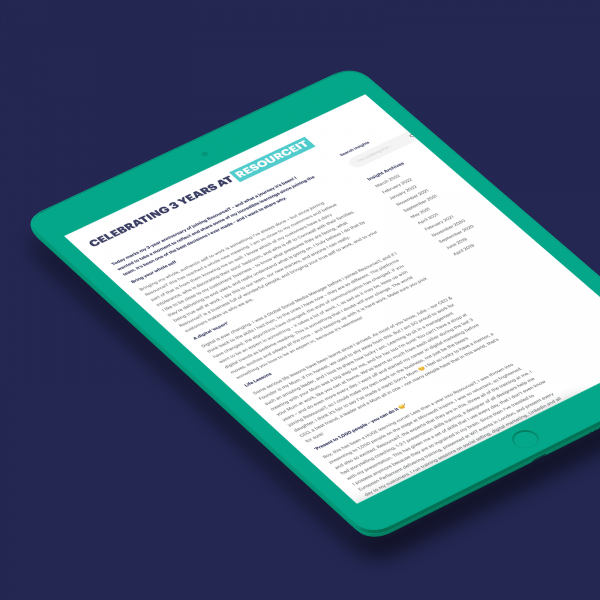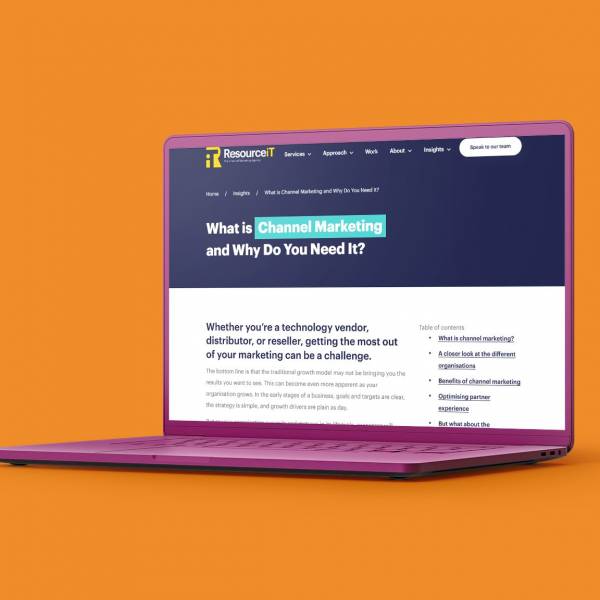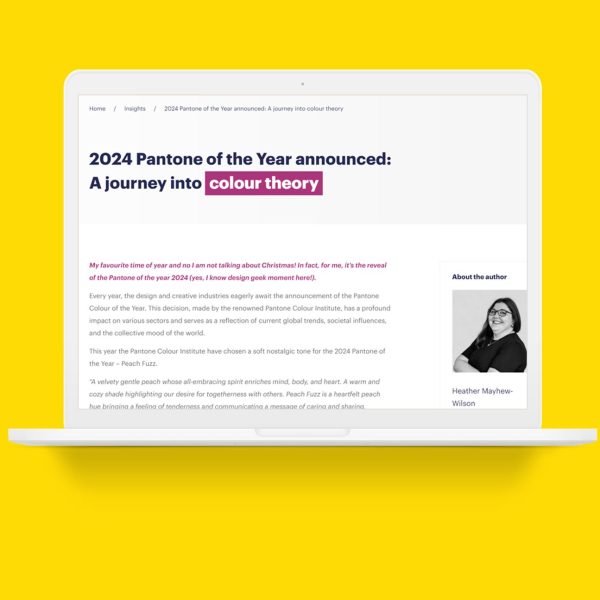Introduction
LinkedIn has emerged as the go-to platform for professionals to connect, network, and advance their careers. With over 700 million users worldwide, it’s a vast ocean of opportunities waiting to be explored. However, amidst this sea of profiles, making your voice heard and your content seen can be challenging. This is where LinkedIn Pods come into play, offering a powerful way to boost your visibility, engagement, and network growth.
What Are LinkedIn Pods?
LinkedIn Pods, short for engagement pods, are groups of LinkedIn users who come together with a shared goal: to enhance each other’s visibility and engagement on the platform. These pods typically consist of like-minded individuals from similar industries, backgrounds, or interests. The idea is simple: members of the pod engage with each other’s posts by liking, commenting, and sharing, thereby increasing the visibility of those posts in the LinkedIn algorithm.
How LinkedIn Pods Work
Finding or creating a pod: You can either join existing LinkedIn Pods or create your own. There are various platforms and groups on LinkedIn, Facebook, or even WhatsApp, where you can find or create pods. Look for pods that align with your professional interests and goals.
Rules and Guidelines: Each pod may have its own rules and guidelines, such as the number of engagements required per post, the frequency of engagement, and the types of content allowed. Be sure to follow these rules to maintain the integrity of the pod.
Engagement Exchange: Members of the pod engage with each other’s posts by liking, commenting, and sharing. This increased engagement signals to LinkedIn’s algorithm that the content is valuable and should be shown to a wider audience.
Benefits of LinkedIn Pods
Enhanced Visibility: One of the primary benefits of LinkedIn Pods is the increased visibility of your content. When your posts receive more engagement, they are more likely to appear in the feeds of your connections and even reach a broader audience.
Higher Engagement Rates: Posts that receive early engagement tend to perform better. When your pod members engage with your content, it encourages others to do the same, leading to higher overall engagement rates.
Networking Opportunities: LinkedIn Pods provide an excellent opportunity to connect with like-minded professionals in your industry. By collaborating in these pods, you can build meaningful relationships and expand your network.
Skill Enhancement: Engaging with diverse content in a pod can help you improve your communication, industry knowledge, and content creation skills. You’ll learn from your peers and gain valuable insights into what works on the platform.
Algorithmic Favor: LinkedIn’s algorithm favors content that receives engagement. By consistently participating in pods and receiving engagement on your posts, you increase your chances of getting your content featured more prominently on the platform.
What are the potential drawbacks of LinkedIn Pods?
Inauthentic Engagement: LinkedIn pods can lead to inauthentic engagement. When members of a pod like, comment, or share each other’s content primarily for the sake of reciprocation rather than genuine interest, it can dilute the quality of interactions and the credibility of your profile.
Algorithmic Impact: LinkedIn’s algorithm is designed to prioritize content that receives genuine engagement from your network and connections. Artificially inflated engagement may not actually benefit your content in the long run, as it may decrease your posts’ visibility to your actual target audience.
Risk of Penalties: LinkedIn has terms of service that prohibit artificial engagement tactics. While the platform may not actively monitor every user, if they detect suspicious activity, it could result in penalties, including account suspension or removal.
Time-Consuming: Being a part of a pod can be time-consuming. You’re expected to reciprocate engagement on other pod members’ content, which can take up a significant amount of your time that might be better spent on more productive networking or content creation.
Limited Reach: Relying on pod members for engagement can limit your reach to a broader and more diverse audience. You may miss out on valuable connections and opportunities by primarily engaging with the same group of people.
Loss of Credibility: Over time, engaging in pod-like behavior can diminish your credibility and authenticity on the platform. Other LinkedIn users may view your engagement metrics with skepticism, and this can negatively impact your professional image.
Tips for Effective LinkedIn Pod Participation
Choose the Right Pod: Join pods that align with your professional goals and interests. Being part of a relevant pod will ensure that your engagements are genuine and valuable.
Consistency is Key: Regularly engage with the content shared by your pod members. The more you engage, the more likely they are to reciprocate, resulting in mutual benefits.
Diversify Your Network: While it’s great to engage with your pod members, don’t limit your interactions. Continue to connect with professionals outside of the pod to diversify your network.
High-Quality Engagements: When you engage with a post, provide thoughtful comments and reactions. Meaningful engagement is more valuable than a simple like.
Respect Pod Rules: Each pod may have its own rules and guidelines. Adhere to these rules to maintain a healthy and productive pod environment.
Conclusion
LinkedIn Pods offer a unique and effective way to boost your visibility, engagement, and network growth on the platform. By collaborating with like-minded professionals, you can harness the power of collective engagement to stand out in the crowded LinkedIn landscape. Remember that genuine engagement and meaningful connections are the true essence of LinkedIn Pods. So, choose your pods wisely, participate consistently, and watch your LinkedIn presence soar to new heights.




